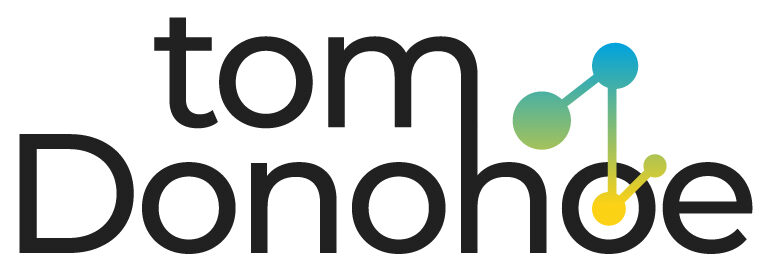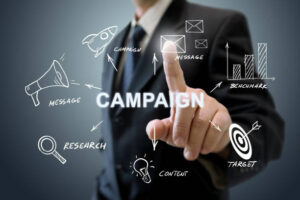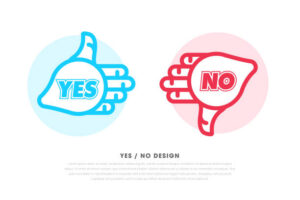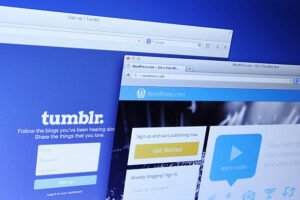Email Personalization: How to Make Your Business Emails Inviting, Not Creepy

Marketing via email remains a highly efficient tool in your marketing arsenal.
One of the main reasons is the continuous use of Wi-Fi and smartphones.
In fact, as per DMA, 73% of consumers prefer email to connect with brands.
In this study, emails beat other channels like social media and SMS. Messenger apps, phones, and banners on websites and face-to-face.
This is a fantastic opportunity for marketers to reap the many benefits of email marketing.
In the modern age of personalized emails, it is no shock that people would prefer a customized email.
As per Aberdeen, Personalization of email improves click-through rates at an average rate of 14 percent and boosts conversion rates by 10%.
However, many marketers have yet to use personalization, even though it is among the best methods to improve the efficiency of their email marketing.
A survey conducted by Certona finds that just 39% of online stores provide personalized recommendations to their customers.
Why aren’t they using personalization when they know it’s effective?
The simple solution is it could be a bit difficult.
A study conducted by Adobe found that 60 percent of marketers admit they are struggling to personalize their marketing messages.
You can overcome this obstacle by informing yourself how to improve your email marketing to be more personal.
Personalization of email is too important to overlook.
We’ve created an easy-to-follow step-by-step guide to help you comprehend everything in creating a custom email marketing campaign.
Email Personalization: How To Get Started
While you could start personalizing your email, It’s a good idea to plan for the future.
It is essential to ensure there’s everything that you need before you begin developing campaigns. Follow these steps to begin:
Make a plan.
If you want to get your email personalized, you must begin with a strategy.
Making a more personal subject line will help you improve the open rate initially.
This isn’t the best approach to improve click-through and conversion rates over time.
It would be best if you focused on every aspect of your email marketing campaign to make the most of personalization.
When you begin to design your email personalization strategy, keep these in mind:
Goals: What do you want to achieve through this personalized approach?
Setting clear and quantifiable goals before you begin any email marketing plans is essential.
Measurability – How are you planning to measure the effectiveness of your personal email marketing’s success?
To increase engagement, look at the rate of clicks and opens.
If your objective is to boost conversions, you’ll need to determine the conversion rate.
Data – It is also essential to determine what data you hold on your email subscribers before you develop a personalized strategy.
If you have only the basics of information, such as their name.
You will then have to gather additional data before moving forward. (But there’s more to come on that later.
Collect more data.
Once you’ve established the goals and what the measures are, it’s now time to begin collecting additional information.
The more data you have about your leads and clients, the more accurate your strategy for personalization will be.
Begin by looking over the data that you already have about your customers.
Also, consider the other kinds of information that can be helpful to create a more personalized message and content for emails.
You’ll need to figure out ways to gather data whenever you have the chance to collect.
Utilize multiple touchpoints for gathering details from your leads and your customers. For example:
Sign them up for your email list or download your free content if they purchase.
If you collect data online, you can use a lead form similar to the one below.
This is a landing page for webinars that asks users to provide personal information before registering.
Most brands already have the names of their customers or email addresses.
Other information could help determine the best content. It could be the names of birthdays and jobs and your favorite channels.
It is also possible to survey your customers to determine their purchasing preferences.
Segment your email lists.
It’s not enough to keep track of customers and leads.
Understanding how to use the data effectively to deliver targeted email content appropriate for your subscribers is also essential.
This is the point where an efficient email segmentation strategy is crucial. List segmentation is the process of breaking your email lists into distinct groups that share similar characteristics.
A variety of attributes, such as location, interest, and buying preferences can categorize lists.
For instance, you could compile a list of individuals who purchased women’s cosmetic items previously.
Maybe you’ll create an inventory of customers located within the same geographic region.
Segmenting your lists will help to provide more relevant content for your subscriber list.





